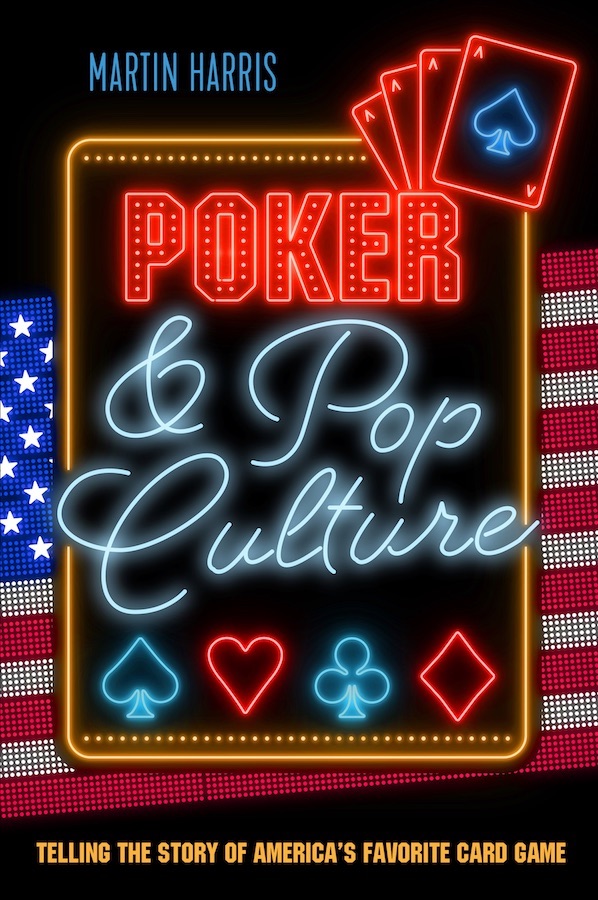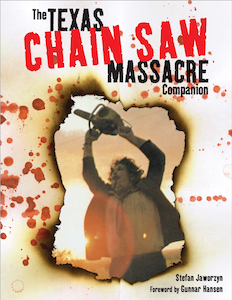The English game of “Brag”
The game is still fairly popular today, although it has undergone a lot of changes. Originally a three-card game (sometimes fittingly called “three-card brag”), there are versions with four, five, six, seven, nine, and even 13 cards. Brag was big enough for Edmond Hoyle to write about it in the mid-18th century, although by then he was describing a game that was a bit different from the earlier version I’m summarizing here.
Three-card brag is played with a 52-card deck, with aces high. Before the deal there can be an ante (if desired). Three cards are then dealt to each player, with the action going clockwise. I’m seeing references to the deck being shuffled before the first hand, but then not shuffled thereafter with cards just collected and put on the bottom, thus making it possible to keep track of what cards are more likely to be dealt on subsequent hands.
A betting round follows the deal, and betting in brag can be a little complicated to explain. It starts out like poker, with the first player able to fold or bet. Usually there’s either a fixed amount to bet or a minimum and maximum (like “spread limit”). Once someone bets, the next player can fold, bet the same amount, or raise to a higher amount (again, the maximum raise amount has been agreed to beforehand).
All of this sounds like poker so far. But say one player bets and two others call -- things don’t end there. The action goes back to the initial bettor who now has to bet again -- at least as much as the original bet -- or fold. And others have to call (or raise, if they like) to stay in the hand.
This process continues until finally just two players remain, at which point the betting rules change a little. Player A has to bet again (or fold and lose), again at least as much as the previous bet (or can bet more). Player B can fold and lose, bet the same amount (or call) and force the action back on Player A (who has to bet again), or raise by betting exactly twice the bet. That third action -- which actually ends the betting -- is confusingly called “seeing,” but there’s a good reason for it.
If Player B decides to “see” by making that bet that is twice what Player A bet, Player A doesn’t have to call that bet, but does have to show his or her hand first. If Player B has a better hand, that player shows it and wins the pot. If Player B has a worse hand, or one that is equal to Player A’s, Player B loses and doesn’t have to show.
So basically betting continues until either everyone has folded except one player (who wins without a showdown), or until there are two players left and one of them bets double the other’s bet to “see” the other’s hand and close the betting. Got it?
So what makes the better hand? The rankings are as follows:
The betting is the most complicated part of the game to learn, although even that isn’t too hard to get the hang of, I’d say. The rest of it is fairly simple and you can see how the hand rankings resemble what will come in poker. Note how players can bluff if they like, although that becomes harder to do when there are just two players left (I’d imagine), as folding becomes less likely.Prial (meaning “pair royal”), or three of a kind Running flush, or three consecutive cards of the same suit (a three-card straight flush) Run, or three consecutive cards not of the same suit (a straight) Flush, or three suited cards Pair, two cards of same rank (kickers count) High card
Note, by the way, how a “run” (or straight) beats a flush.
There’s a variation in which players can choose to play “blind” and not look at their cards -- bluffing obviously is the name of the game, there. The four- and five-card versions let players pick the best three cards to play, thus increasing the chances of making better hands. Meanwhile the ones with more cards involve players playing multiple three-card hands.
Brag certainly resembles the earliest form of poker, sometimes called “Old Poker,” which involved just a single deal and one round of betting (and no draw). I think of all the precursor games we’ve looked at so far, brag would be the easiest one to play in a modern-day tournament (following on that idea mentioned last week).
Image: Detail from painting of Elizabeth Card Players, illustrated in “What Life Was Like in the Realm of Elizabeth: England AD 1533-1603,” Willem van Herp, public domain.
Labels: *by the book, brag, England, poker's precursors














0 Comments:
Post a Comment
<< Home